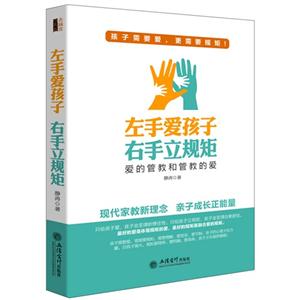A HISTORY OF DEVELOPMENT OF TIBET-西藏发展史

|
A HISTORY OF DEVELOPMENT OF TIBET-西藏发展史作者:郑汕 开 本:16开 书号ISBN:9787119065380 定价:98.0 出版时间:2010-08-01 出版社:外文出版社 |
A HISTORY OF DEVELOPMENT OF TIBET-西藏发展史 目录
preface deng fuquan and yang zaizhongchapter one ancient society of tibet
chapter two the tubo dynasty of the tibetan slave-owning system
chapter three the merging of tibet into china in the yuan dynasty and the establishment of feudal serf system
chapter four the tibetan areas in the ming and early qing dynasties
chapter five tibetan people stand against western powers' invasion
chapter six tibet under semi-colonial status in the period of the republic of china
chapter seven peaceful liberation and birth of new tibet
postscript
appendices
A HISTORY OF DEVELOPMENT OF TIBET-西藏发展史 节选
《西藏发展史(英文版)》内容简介:A History of Development of Tibet is book of great academic value as it traces the course of development of the Tibet Autonomous Region and gives an insight into basic conditions in Tibet today.With seven chapters this book introduces the formation of the natural environment of Tibet the origin of the Tibet ethnic group the multi-ethnic development of Tibet the close relations between Tibet and the Central Plains in Chinese history the powerful influence of the culture of the Central Plains on Tiber's politics economy culture and religion the formation of the various schools of Tibetan Buddhism and the unification of the government and religion in Tibet under the Ming and Qing dynasties and the Republic of China the Tibetan people's heroic struggle against imperialism and feudalism peaceful liberation and democratic reform the realization of ethnic regional autonomy and the building of socialism in Tibet With a wealth of data objective exposition and many new ideas this book will help readers have a good understanding of one of Xhina's most important autonomous regions.
A HISTORY OF DEVELOPMENT OF TIBET-西藏发展史 相关资料
The 1911 Revolution ended the feudal system in China. The government of the Republic of China inherited the Qing's administrative structure in the Tibetan areas. It set up an administrative organ in charge of Mongolian and Tibetan affairs, selected Tibetan delegates to attend the national assembly and appointed its commissioners in charge of Tibetan affairs. Trying to obstruct this, the British government engineered the "Simla Conference" of 1913, seeking to interfere in China's internal affairs and force the so-called Simla Treaty on China, which severely violated China's sovereignty and was an attempt to split China's territory. This British conspiracy was opposed and condemned by all the Chinese people and their government. At the time of the May Fourth MOvement of 1919, the government of the Republic of China (ROC) disclosed to the public the Sino-British negotiation process relating the so-called Tibet problem. It aroused antiimperialist rage among the Chinese people both in China and abroad. Tibetan civil and religious leaders also condemned the British imperialists' attempt to split China at the Simla Conference. The government of the ROC from the very first day of its founding repeatedly declared to Tibet its policy on the republic of the five ethnic groups (Han-Chinese, Manchu, Mongolian, Hui and Tibetan), and at the same time the Tibetan local government time and again told the central government that it was willing to solve any problems left over by history. In 1919 the 13th Dalai Lama indicated to the envoys sent by the government of the ROC his support for the central government and his determination to make joint efforts for the happiness of the five ethnic groups. The Ninth Panchen Lama also actively contacted the central government and appealed for the restoration of normal relations between the central government and Tibet and the maintenance of the unification of the motherland.
外语 英语读物 英文版
在线阅读
- 最新内容
- 相关内容
- 网友推荐
- 图文推荐
| [高考] 2022 西安电子科技大学《软件工程》大作业答案 (2022-04-25) |
| [家长教育] 孩子为什么会和父母感情疏离? (2019-07-14) |
| [教师分享] 给远方姐姐的一封信 (2018-11-07) |
| [教师分享] 伸缩门 (2018-11-07) |
| [教师分享] 回家乡 (2018-11-07) |
| [教师分享] 是风味也是人间 (2018-11-07) |
| [教师分享] 一句格言的启示 (2018-11-07) |
| [教师分享] 无规矩不成方圆 (2018-11-07) |
| [教师分享] 第十届全国教育名家论坛有感(二) (2018-11-07) |
| [教师分享] 贪玩的小狗 (2018-11-07) |






